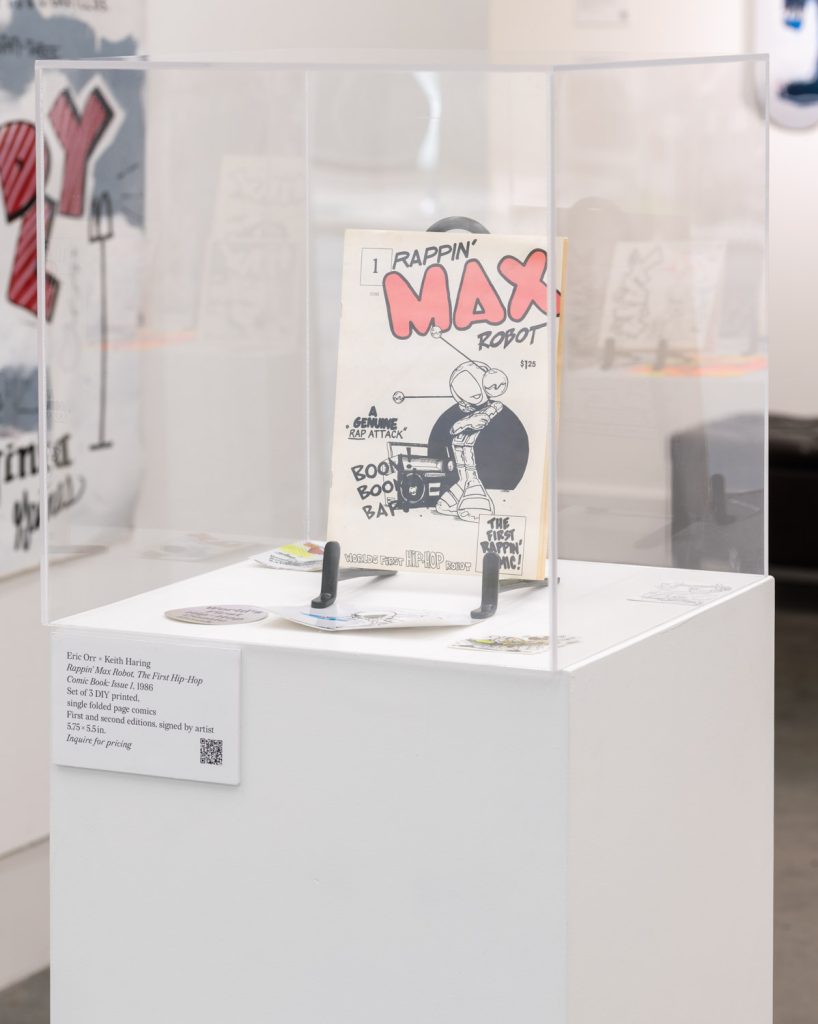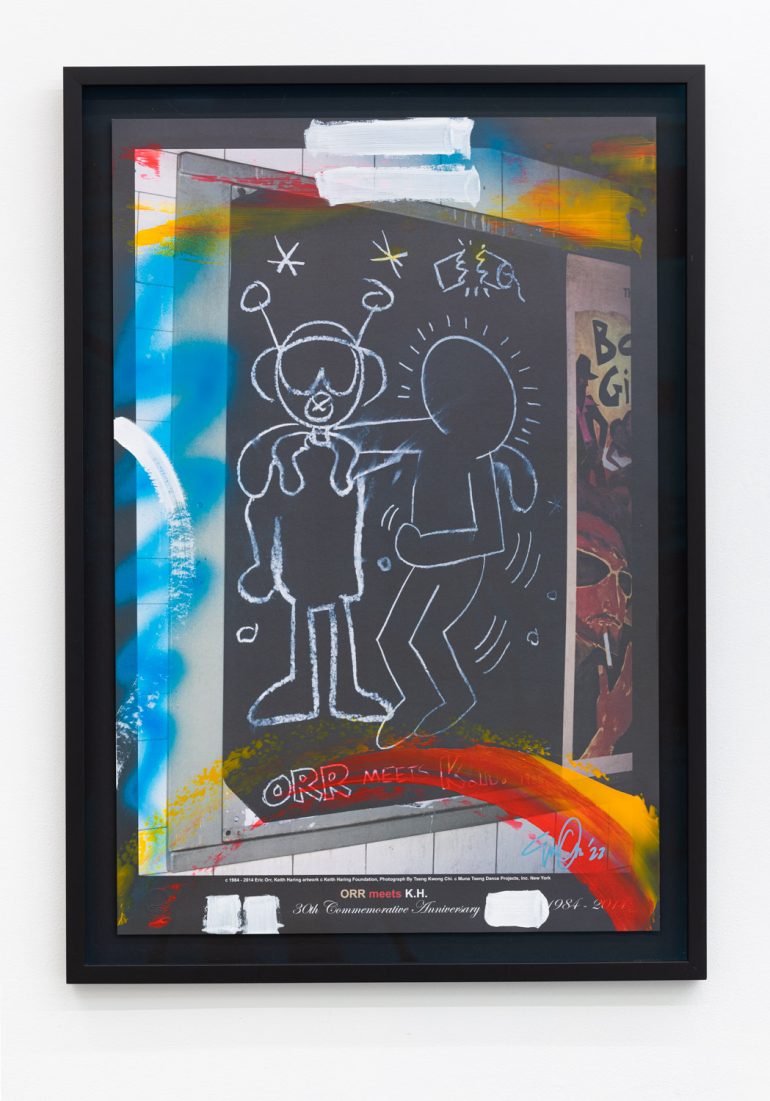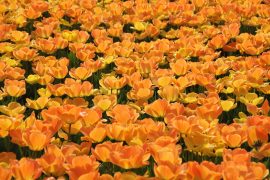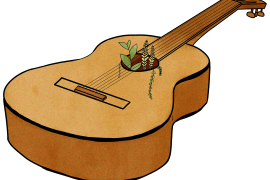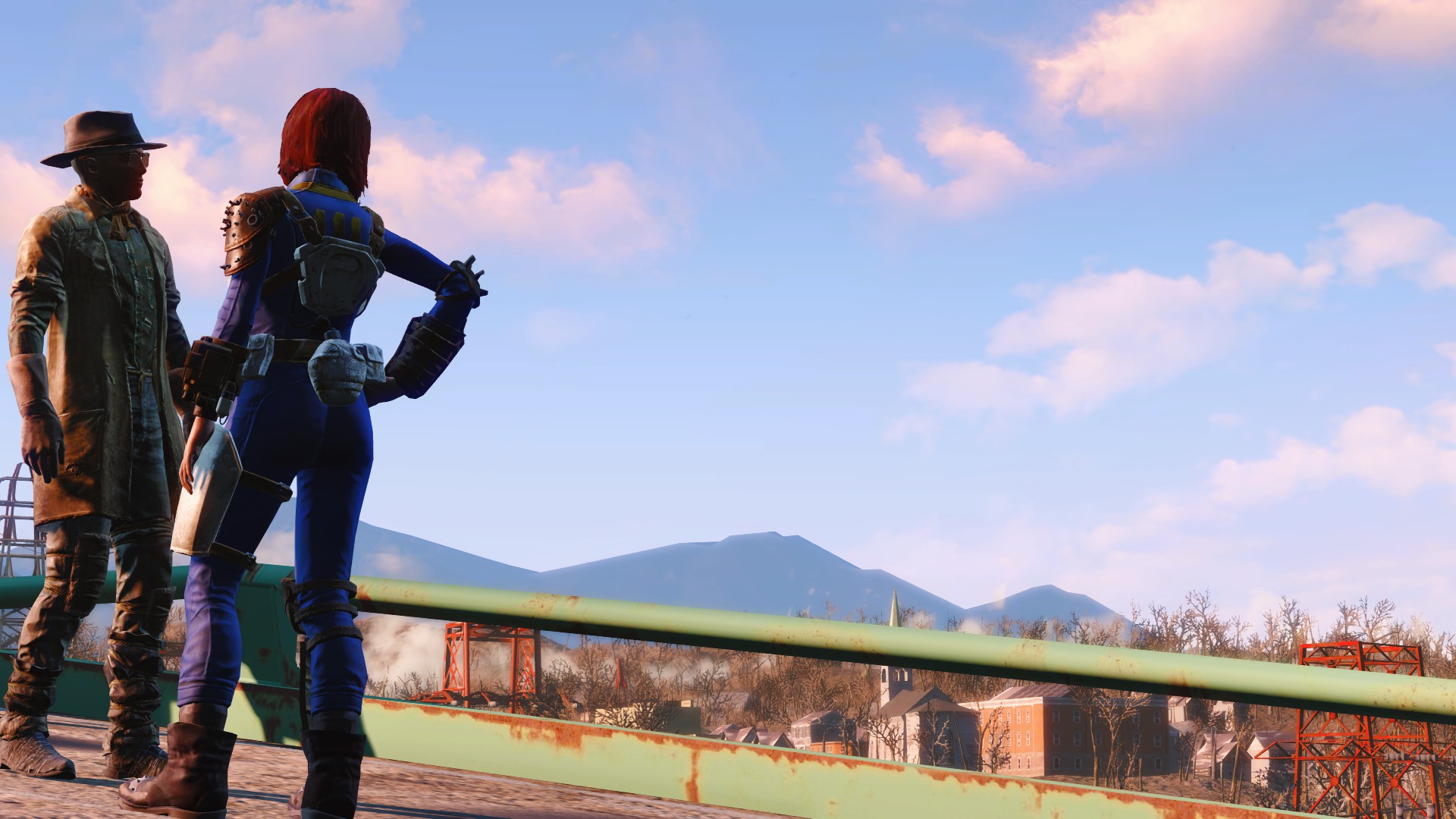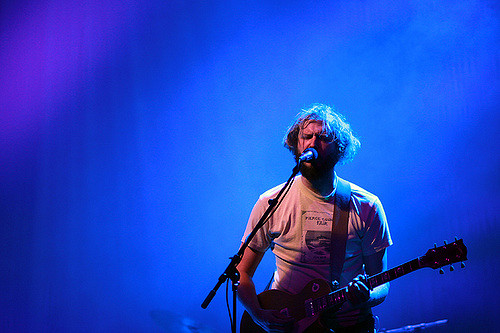The Black Gallery in the Pearl District opened its doors with a new exhibition to celebrate the 50th anniversary of hip-hop music this year. The presentation, Hip Hop Lives: Honoring 50 Years of Art, History, and Culture, which started in April and runs until the end of June, aims to explore the profound connection between hip-hop and social justice within the Black community. Through a diverse collection of artworks, installations, and multimedia presentations, the exhibit highlights the activism, history, and cultural significance of hip-hop.
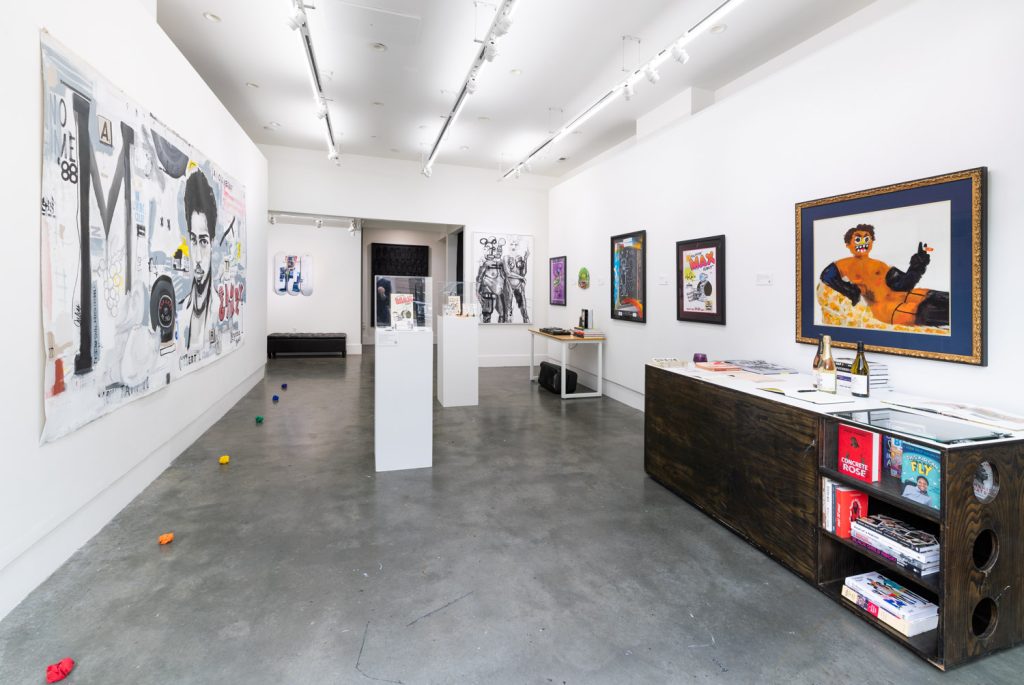
Originating in The Bronx, New York City, during the early 1970s, hip-hop has evolved into a global artistic movement, intertwining with and exposing the history of racial injustice, police brutality, and systemic discrimination over the past five decades. While Hip Hop Lives emphasizes the resilience and power of hip-hop culture, the exhibition also paints a hopeful portrait of Portland’s future. The show features the works of seven artists: – Julian V. L. Gaines, Khaled Jaafar, Eric Orr and Keith Haring, Jean-Michel Basquiat, Miss Me and Mia Lee.
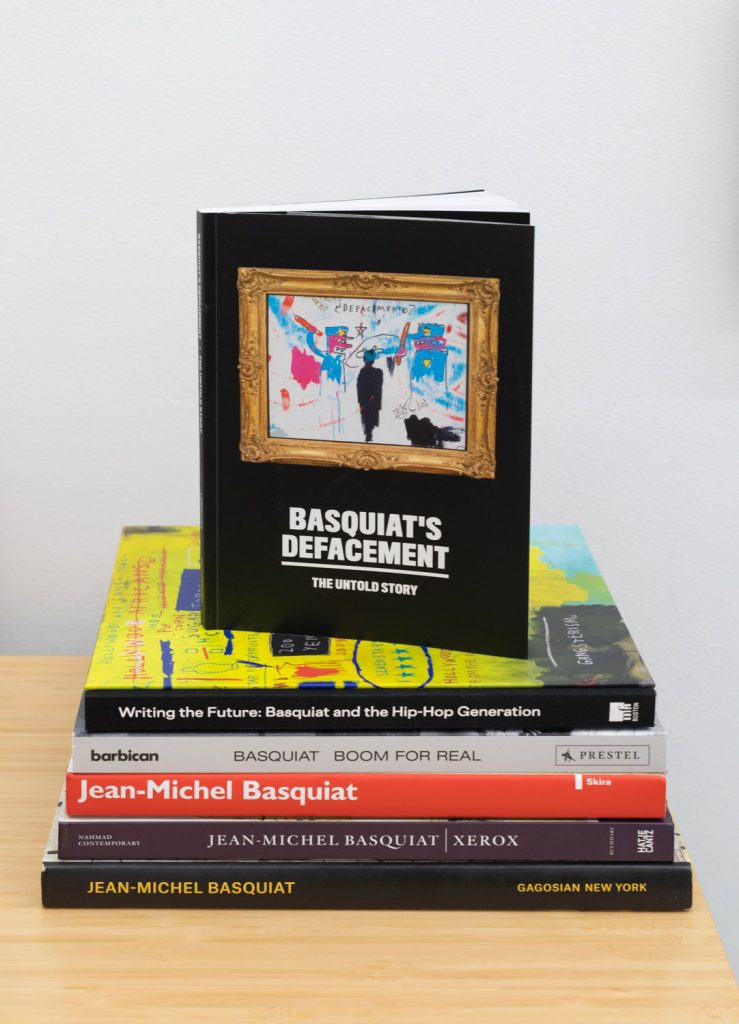
I recently had the pleasure of meeting with Taishona Carpenter , the gallery’s director and a fifth-generation Oregonian. During our conversation, we discussed the current exhibition as well as the gallerys’ nonprofit, Don’t Shoot Portland, an organization dedicated to social justice and combating racism. Taishona shared that its inception stemmed from a personal tragedy. Her cousin, Andre Payton, an 18-year-old graduate and hip-hop enthusiast, was tragically killed by gun violence while attending a concert in 2010. He was a fan of hip-hop. “The artworks in this collection always remind me of him. Representing issues of justice and civil activism through artwork is highly therapeutic. Art has the power to raise awareness of Black history and remind us of our shared humanity. As we learn, we become more humbled,” she expressed. While viewing the artwork on display, one also realizes that art also contains the ability to shield us from feelings of loneliness and helplessness.
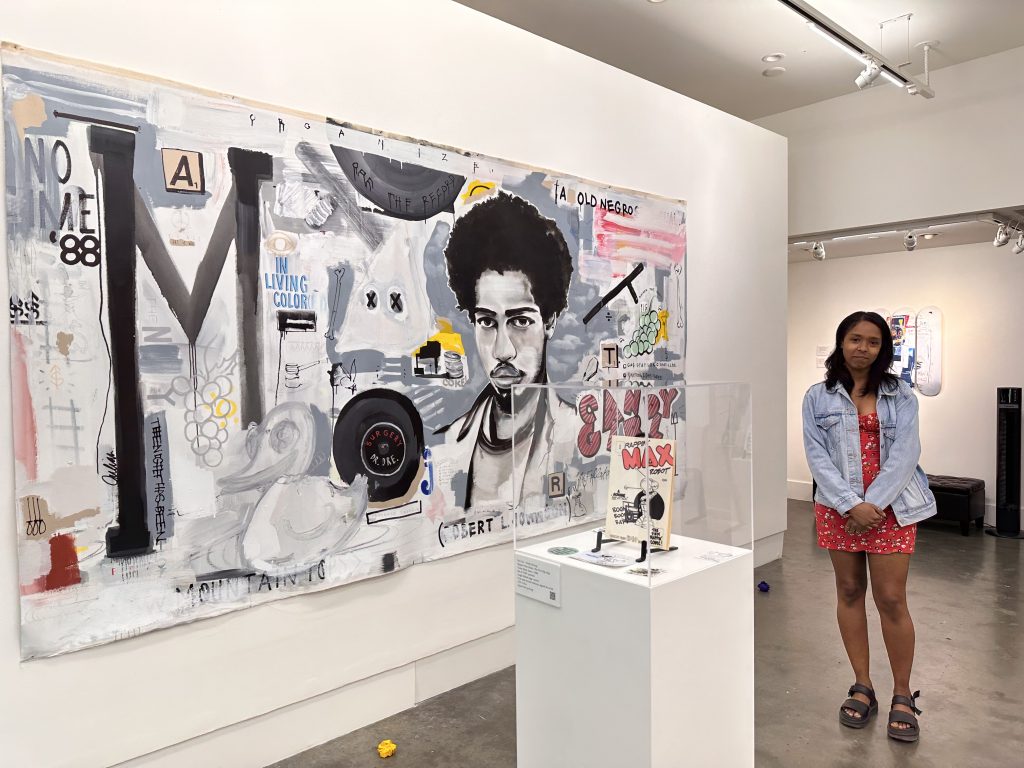
In addition to the exhibition, Taishona explained that students across Portland, from elementary school to college, participate in art workshops hosted by Don’t Shoot Portland, the future of which will now be held at The Black Gallery. “These workshops aim not only to nurture artistic skills, but also to foster a sense of belonging and empowerment within the larger community. Art serves as a medium for many to express their inner thoughts and traumas,” the director stated.
The current exhibition includes notable pieces by one of Portland’s local artists, Julian V. L. Gaines, featuring two of his works. One work, In Living Color(ed) places Michael Stewart, a victim of police brutality in the 1980s, at its center. Michael was not only a hip-hop artist, but a model as well. He was beaten to death by New York City Transit Police while being arrested for writing graffiti in a subway station. In addition to works on display, there are curated stacks of books accompanying the art pieces, further explaining and giving context to the works. Another of Julian’s works, Black Souls features fifty-six black Air Jordan 1 Chicago sneaker soles to symbolize those who have fallen victim to police violence.
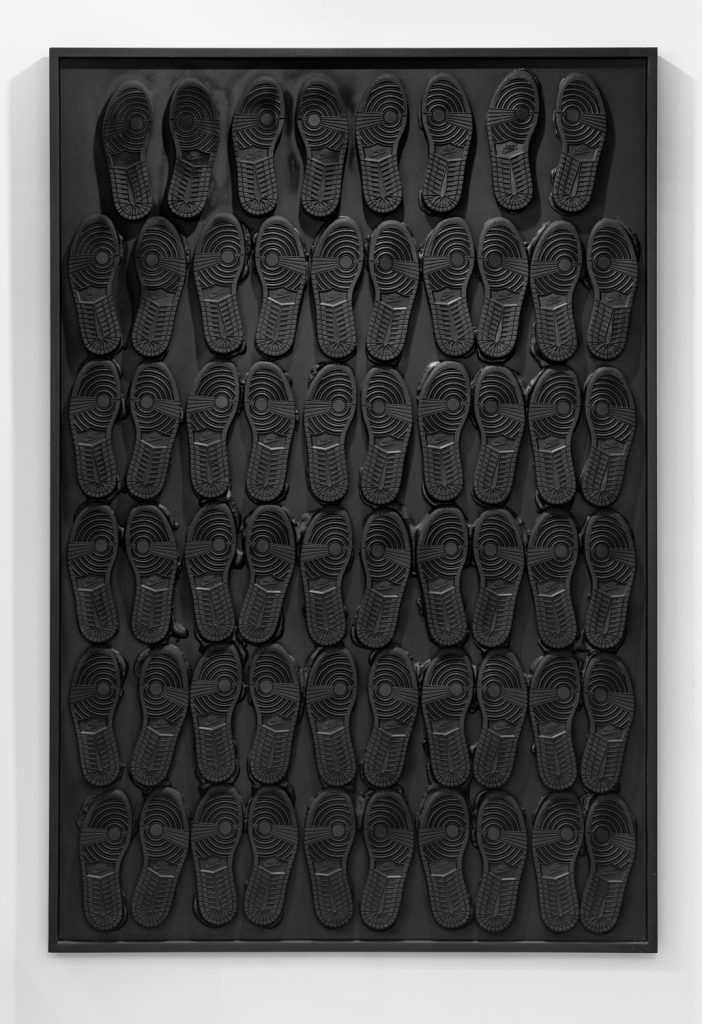
Accompanying both In Living Color(ed) and Black Souls, are colorful objects along the floor by artist Khaleed Jafaar, reflecting the movement-based advocacy for victims and survivors of state-sanctioned violence as well as providing a memorial to lives lost that are referenced in the artworks. Hip Hop Lives: Honoring 50 Years of Art, History, and Culture continues at The Black Gallery until the end of June, allowing its patrons to immerse themselves in the celebration of hip-hop history, intertwining it with the remembrance of racial injustice that the genre has exposed and striven to address. The gallery is gearing up for another exhibition next month, featuring artworks by national and international artists including Ernie Barnes, Justin Ebanda, Frank Morrison and more.
